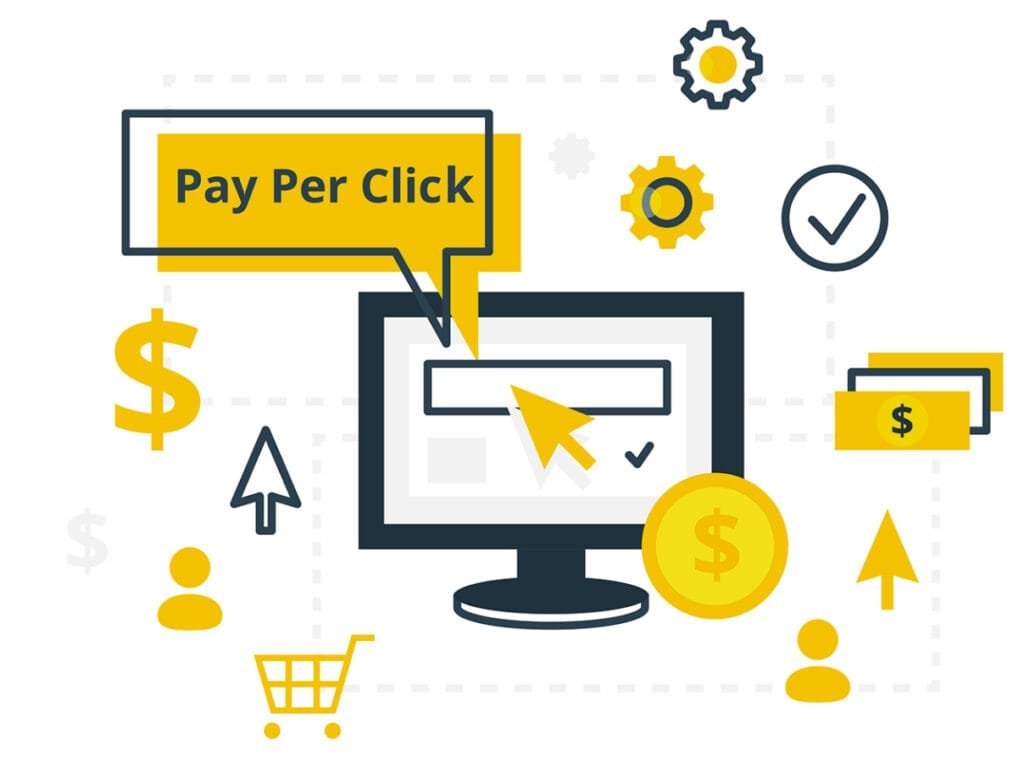Last updated on October 18th, 2024 at 11:30 am
In the digital age, businesses are continually seeking ways to maximize their online presence and drive traffic to their websites. One of the most effective methods to achieve this is through Google PPC (Pay Per Click) advertising. If you’re new to the world of PPC or looking to refine your strategies, this guide will provide you with valuable insights into the workings of Google PPC and how it can benefit your business.
Contents
What is Google PPC?
Google PPC is an online advertising model where advertisers pay a fee each time one of their ads is clicked. Essentially, it’s a way of buying visits to your site, rather than attempting to earn those visits organically. Google Ads is the most popular PPC advertising system in the world, enabling businesses to create ads that appear on Google’s search engine and other Google properties.
How Does Google PPC Work?
- Keyword Research: The foundation of a successful PPC campaign is selecting the right keywords. These are the search terms that users type into Google. Tools like Google Keyword Planner can help identify high-traffic, low-competition keywords relevant to your business.
- Creating Ads: Once you have your keywords, the next step is creating compelling ads. Google PPC ads typically include a headline, a URL, and a short description. Make sure your ad copy is engaging and relevant to the keywords.
- Bidding: Google PPC operates on a bidding system. You set a maximum bid for how much you’re willing to pay for each click on your ad. The actual cost per click (CPC) is determined by the competition and your ad’s Quality Score (a measure of the ad’s relevance and quality).
- Quality Score: Google assigns a Quality Score to each ad based on its relevance to the keyword, the quality of the landing page, and the click-through rate (CTR). Higher Quality Scores lead to lower CPC and better ad placements.
- Ad Auction: When a user types a search query, Google runs an auction among the advertisers bidding on that keyword. The ad with the highest Ad Rank (a combination of the bid amount and Quality Score) gets the top spot on the search results page.
- Performance Tracking: Once your ads are live, it’s crucial to monitor their performance. Google Ads provides detailed analytics to track metrics such as impressions, clicks, and conversions. This data helps refine your campaign for better results.
Benefits of Google PPC
- Immediate Results: Unlike SEO, which can take months to show results, PPC can drive traffic to your site almost immediately after your campaign goes live.
- Targeted Advertising: PPC allows you to target your ads to specific audiences based on factors such as location, language, and device. This ensures your ads reach the most relevant users.
- Measurable ROI: PPC provides clear metrics on how your ads are performing, allowing you to calculate the return on investment (ROI) easily. You can see exactly what you’re getting for your advertising spend.
- Flexibility: You can start, stop, or adjust your PPC campaigns at any time, giving you complete control over your advertising efforts. This flexibility makes it easy to adapt to market changes and budget constraints.
- Enhanced Brand Visibility: Even if users don’t click on your ads, having your brand appear at the top of search results increases visibility and brand recognition.
Tips for a Successful Google PPC Campaign
- Focus on Quality Score: Prioritize improving your Quality Score by creating relevant ads and landing pages. High-quality ads reduce costs and improve ad placements.
- Utilize Negative Keywords: Negative keywords prevent your ads from showing up for irrelevant searches, saving your budget for more valuable clicks.
- Optimize Landing Pages: Ensure that your landing pages are optimized for conversions. They should be relevant to the ad, load quickly, and provide a clear call to action.
- Conduct A/B Testing: Continuously test different ad copies, headlines, and keywords to identify what works best. A/B testing helps refine your approach and improve performance.
- Set a Budget: Determine a daily or monthly budget for your PPC campaign. Monitor your spending to ensure you’re not exceeding your budget while still achieving desired results.
Conclusion
Google PPC advertising is a powerful tool for driving traffic, generating leads, and increasing sales. By understanding how it works and implementing best practices, you can harness the full potential of PPC to achieve your business goals. Whether you’re a small business owner or a seasoned marketer, mastering Google PPC can provide a significant competitive advantage in the digital marketplace.

